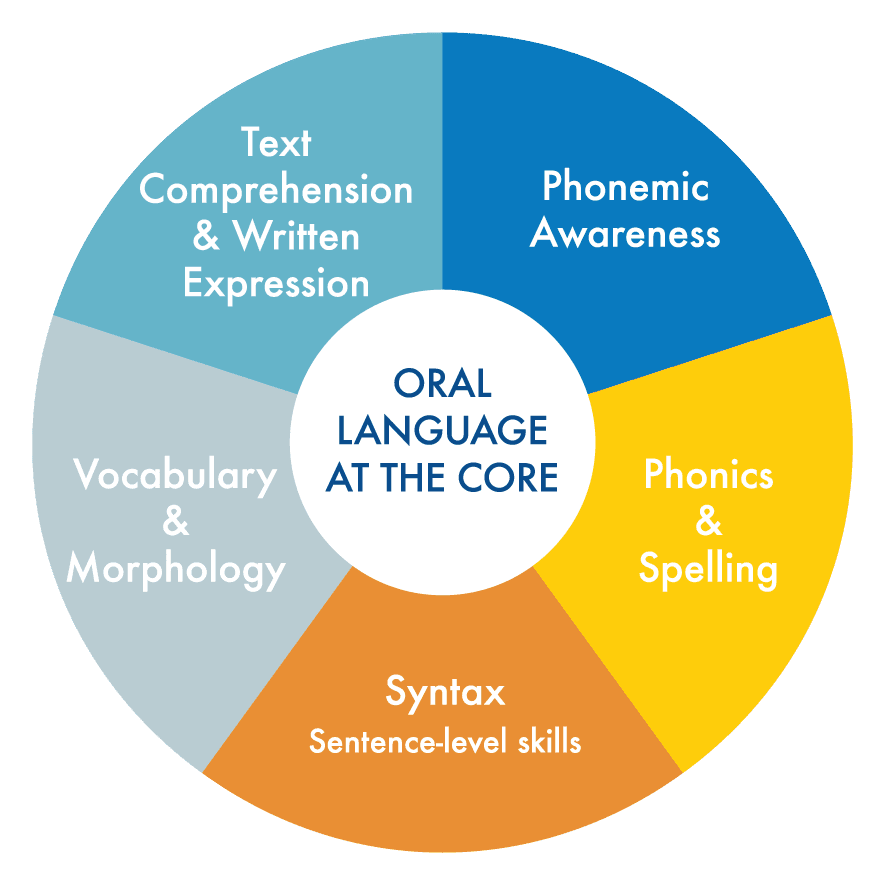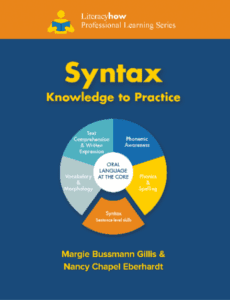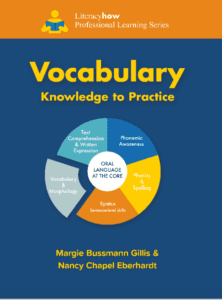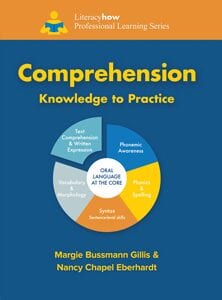
written expression
What is it?
Written expression refers to a highly complex, cognitive, self-directed process. Higher order components include planning, translating (drafting), reviewing and revising. The translation process includes lower-level transcription skills (i.e., handwriting and spelling) and text generation at three different language levels–word, sentence, and text.

written expression
What is it?
Written expression refers to a highly complex, cognitive, self-directed process. Higher order components include planning, translating (drafting), reviewing and revising. The translation process includes lower-level transcription skills (i.e., handwriting and spelling) and text generation at three different language levels–word, sentence, and text.
frequently asked questions
What are some important concepts to know about teaching writing?
Reading comprehension and written expression are reciprocal skills. Teaching writing has a positive impact on reading fluency and reading comprehension. It is also important to note that young children must automatize basic subcomponents (letter formation, spelling, spacing, etc.) before they can handle the mental juggling act of writing. The most effective method for facilitating handwriting fluency is to have children write frequently (Graham, 2009).
How important is handwriting instruction?
Handwriting is one of the building blocks of the writing process! Superficial handwriting instruction has long term effects. Handwriting automaticity frees up a student’s cognitive energy to allow the student to be able to concentrate on transferring important ideas onto the page. Use explicit methods of teaching handwriting with lessons and practice that are brief (periods of 10-15 minutes). It is very important to give students opportunities to write connected text following this handwriting instruction.
I often hear “I don’t know what to write about!” How can I help my students generate their own ideas?
Instruction on writing lists will help your students in the planning stage of their writing. Giving your students topics for list generation as practice will encourage them to generate ideas on their own. This practice will help them be able to quickly and automatically generate a list of ideas to choose from when they are gathering and organizing ideas for their own writing whether it’s a paragraph or a longer essay.
Teacher tip: higher & lower order writing skills
Lessons on higher-order language components of writing (i.e., text generation at the word, sentence and discourse levels) need to be complemented by systematic instruction in lower level transcription skills (i.e., handwriting, spelling, writing conventions). For example, teach students to use the writing process for a variety of purposes, but also ensure that students become fluent with handwriting, spelling, sentence construction, typing, and word processing.
Teacher tip: Write daily
Provide daily time for students to write. Students benefit from explicit writing instruction and lots of time to practice applying it. Try to dedicate an hour a day to writing (e.g., 30 minutes teaching writing strategies, techniques, and skills, 30 minutes writing practice). Integrate writing instruction and practice within content areas (e.g., require written responses to reading, social studies and science projects, math problem solving).
Teacher tip: create a community of writers
Create an engaged community of writers. Participate as a writer along with your students. Create opportunities for students to choose their own topics. Provide opportunities for giving and receiving feedback as well as collaborating on writing activities.
Tips for Principals: teach handwriting
Ensure that handwriting is taught explicitly in kindergarten (and reinforced in first and second grade). To be most effective, this instruction needs to occur daily with the teacher actively monitoring the students’ pencil grip, paper placement, posture, and letter formation.
Tips for Principals: Schedule writing
Work with your teachers to develop a schedule that includes dedicated time for explicit writing instruction and writing practice that occurs in different content domains across the curriculum.
Tips for Principals: practice, practice
It’s very important that students are taught the writing process. This requires that teachers gradually release writing responsibility to students. The time students need with teacher-directed activities and collaborative and guided practice will vary; however, all students need practice, practice, practice before they can be independent!
Read More to learn more
- Graham, S. (2009). Want to improve children’s writing? Don’t neglect their handwriting. American Educator Winter 2009-2010, 20-27, 40.
- Graham, S., and Hebert, M. A. (2010). Writing to read: Evidence for how writing can improve reading. A Carnegie Corporation Time to Act Report. Washington, DC: Alliance for Excellent Education.
- Hochman, J. & MacDermott-Duffy, B. (Spring 2015). Effective writing instruction. Time for a revolution. Perspectives on Language and Literacy 41 (3), 31-37.
- Hochman, J. & Wexler, N. (Summer 2017). One sentence at a time. The need for explicit instruction in teaching students to write well. American Educator
- Hotz, R.L. (April 4, 2016). Can handwriting make you smarter? The Wall Street Journal.
- James, K. & Englehardt, L. (2012). The effects of handwriting experience on functional brain development in pre-literate children. Trends in Neuroscience, Vol. 1 (1), 32-42.
- Spear-Swerling, L. (August, 2006). The importance of teaching handwriting. Retrieved from http://www.ldonline.org/spearswerling/ The_Importance_of _Teaching_Handwriting.
- Tyre, P. (October 2012). The writing revolution. The Atlantic, 96-101.
Literacy How Professional Learning Series
The Literacy How Professional Learning Series translates the latest reading research into how-to instruction. The Knowledge to Practice book Series—Phonemic Awareness and Phonics, Syntax, Vocabulary, and Comprehension—is based on the current and comprehensive Literacy How reading model. It draws upon the authors’ decades of expertise and experience working with thousands of general and special education teachers. The Series emphasizes Pre-K-3rd grade conceptual and skill development. Teachers of older emerging or struggling readers will also find these tools useful.

Phonemic Awareness and Phonics—the keys to breaking the code!

Syntax is essential—even for beginning readers!

Vocabulary knowledge is essential for effective comprehension!

Comprehension is the goal of reading—even for beginning readers!